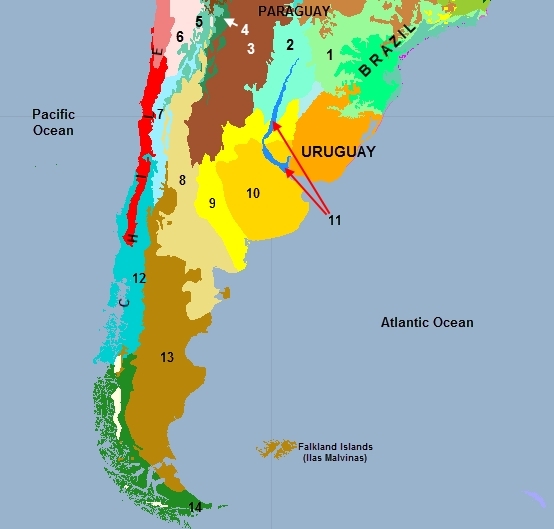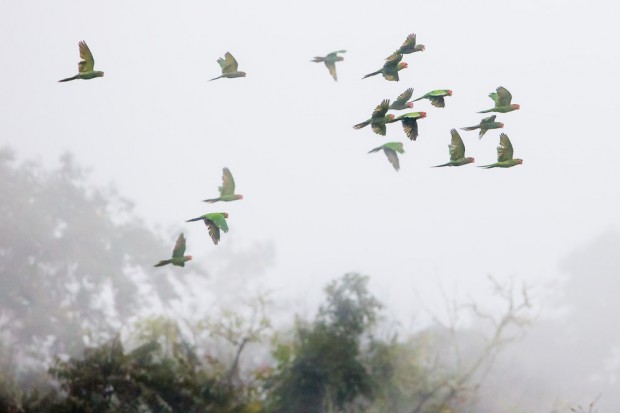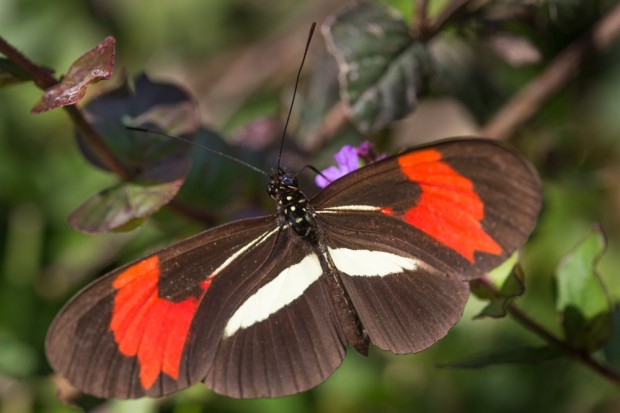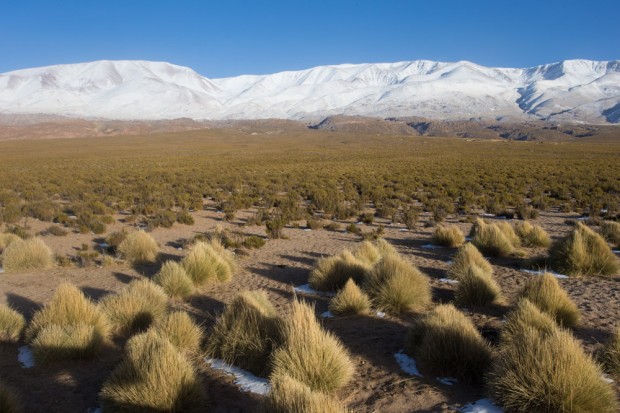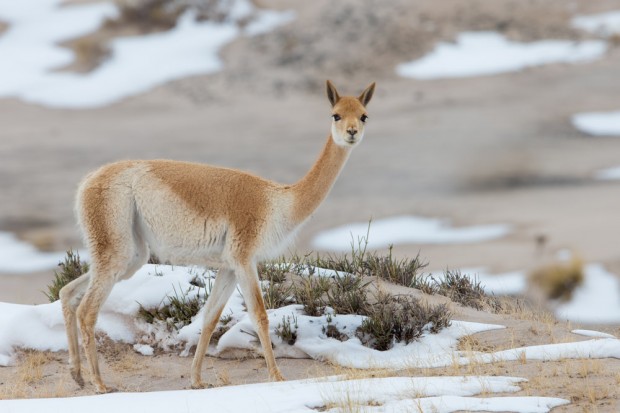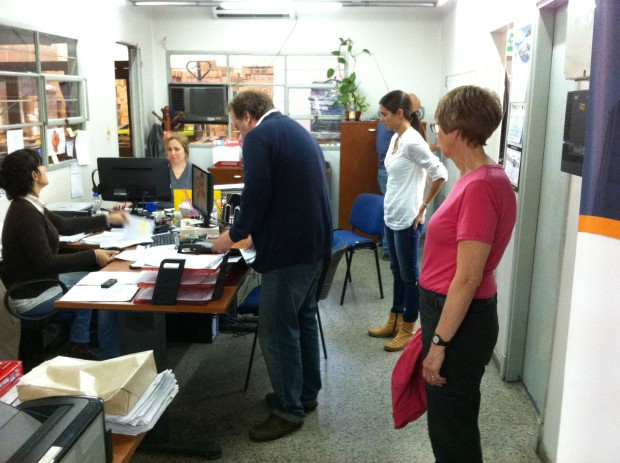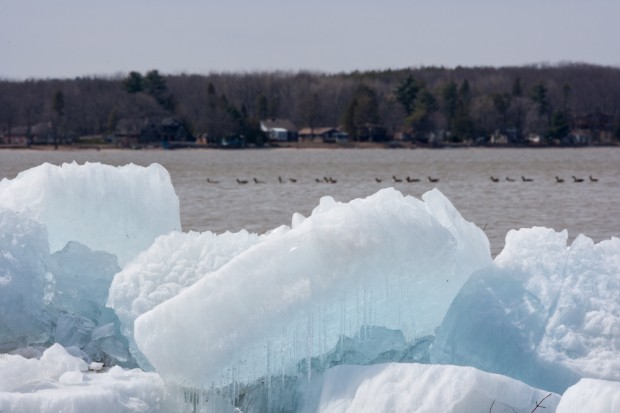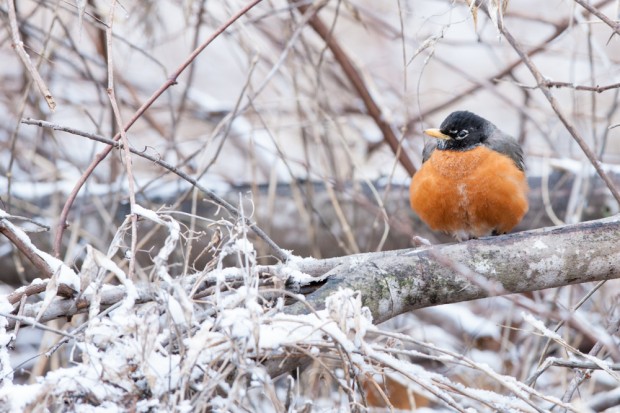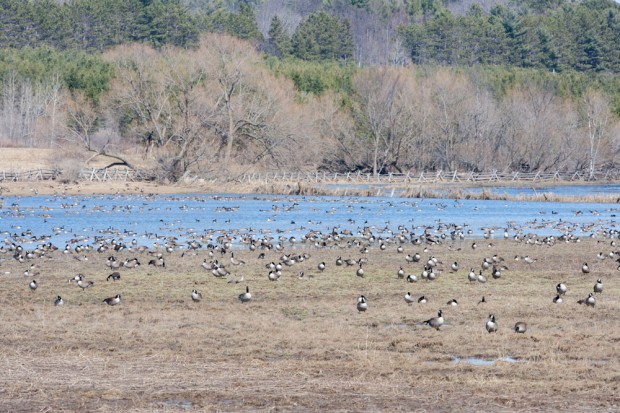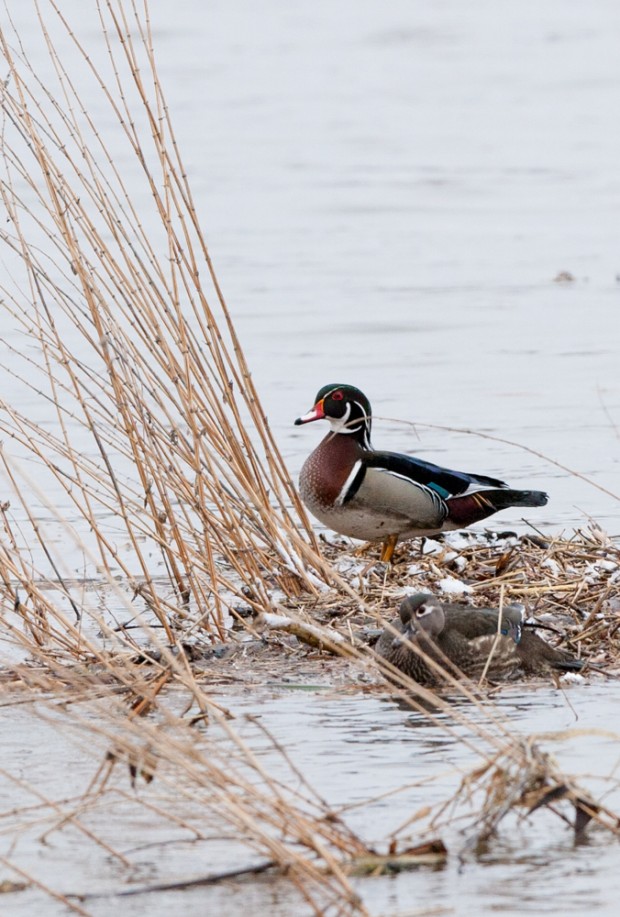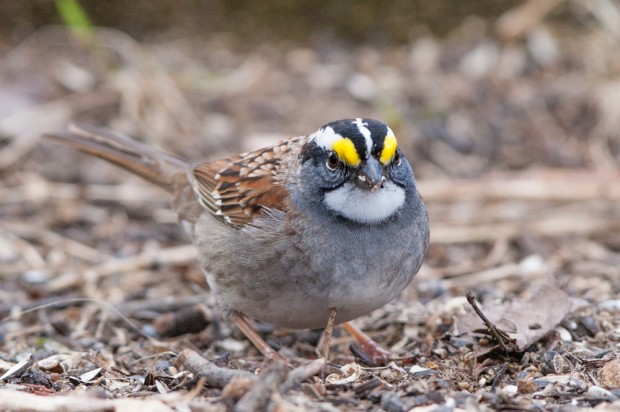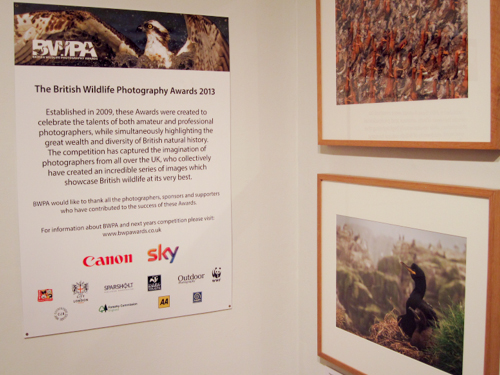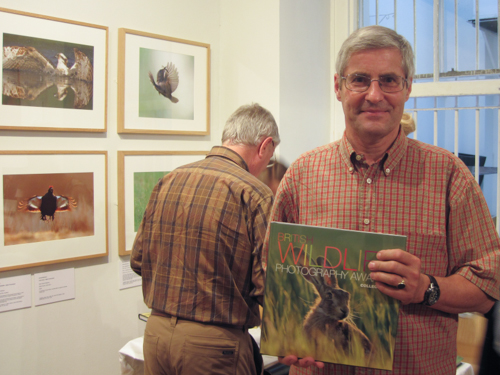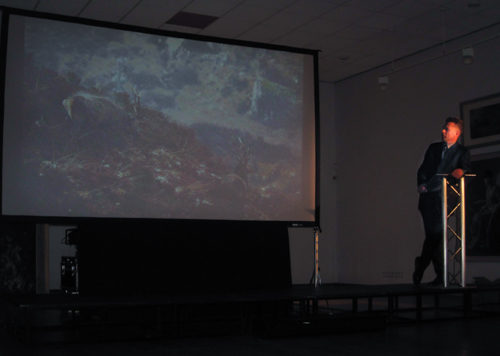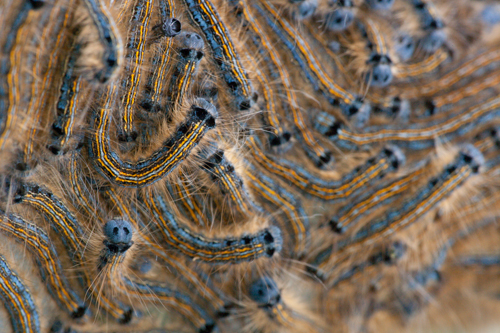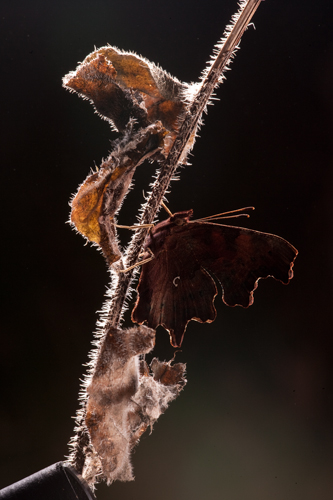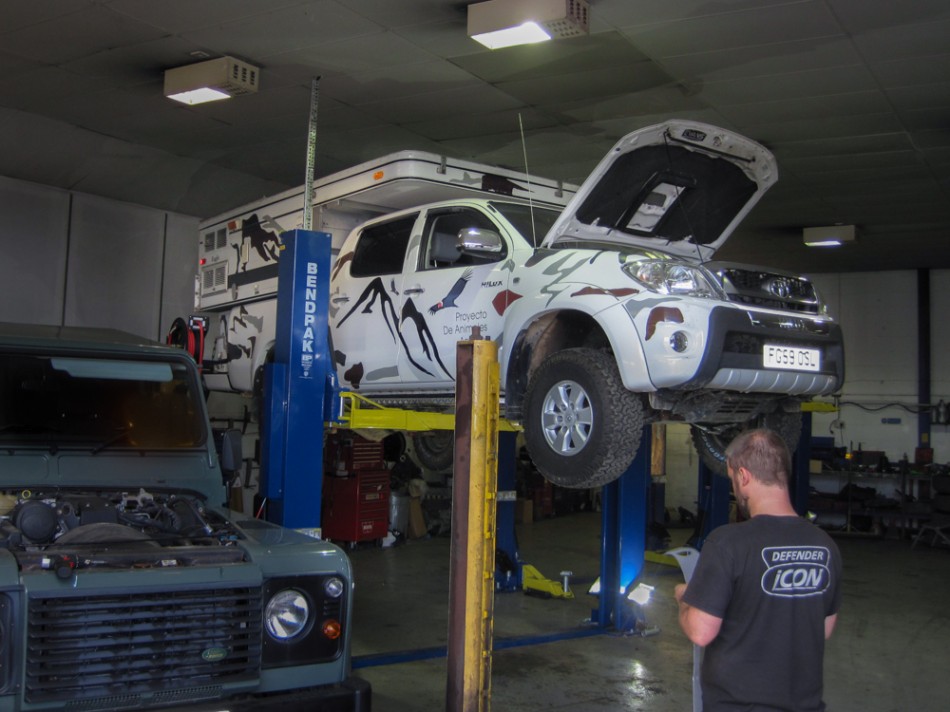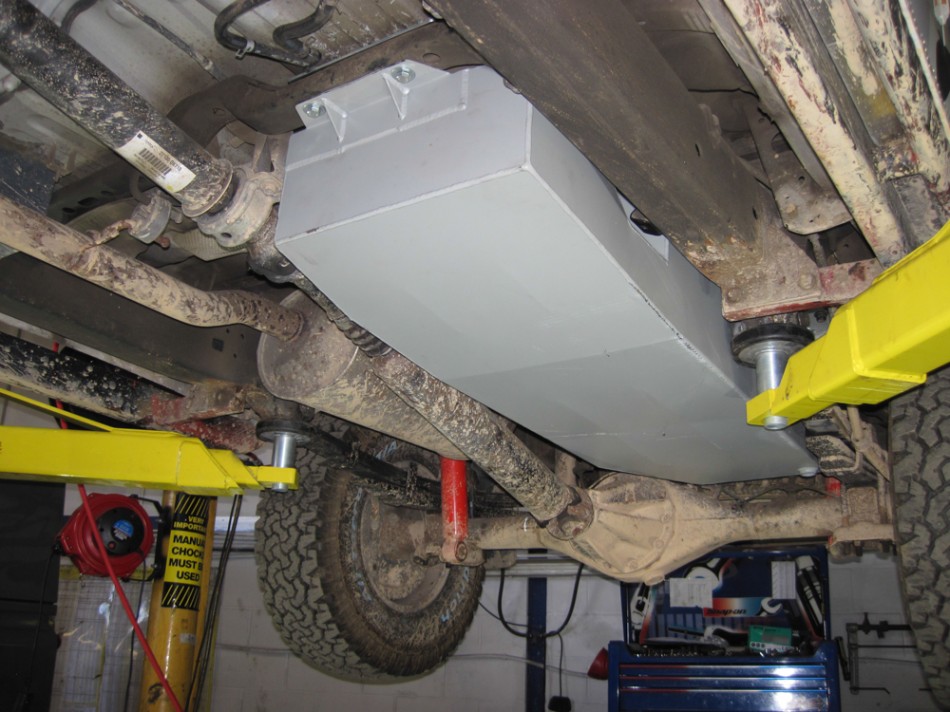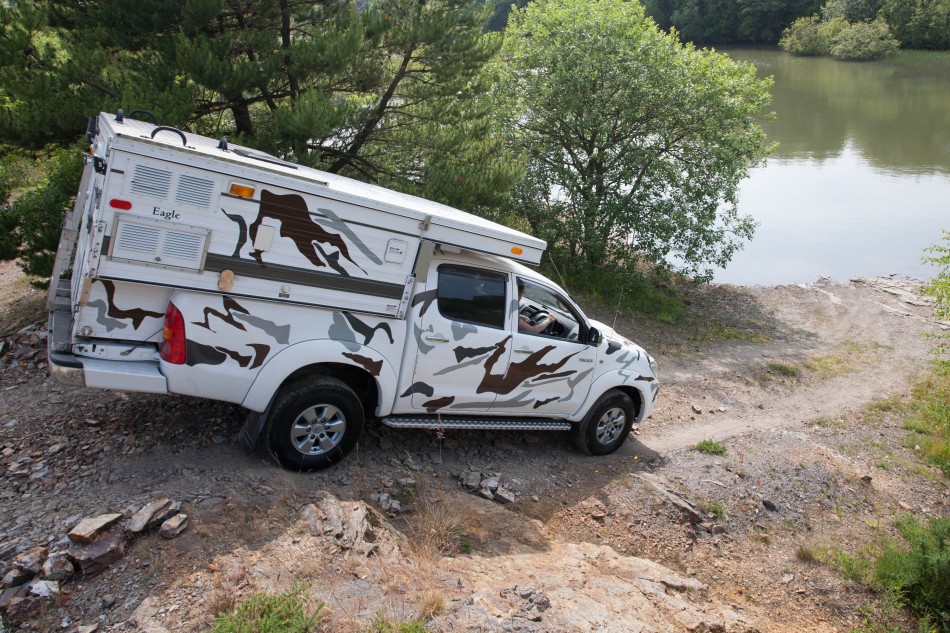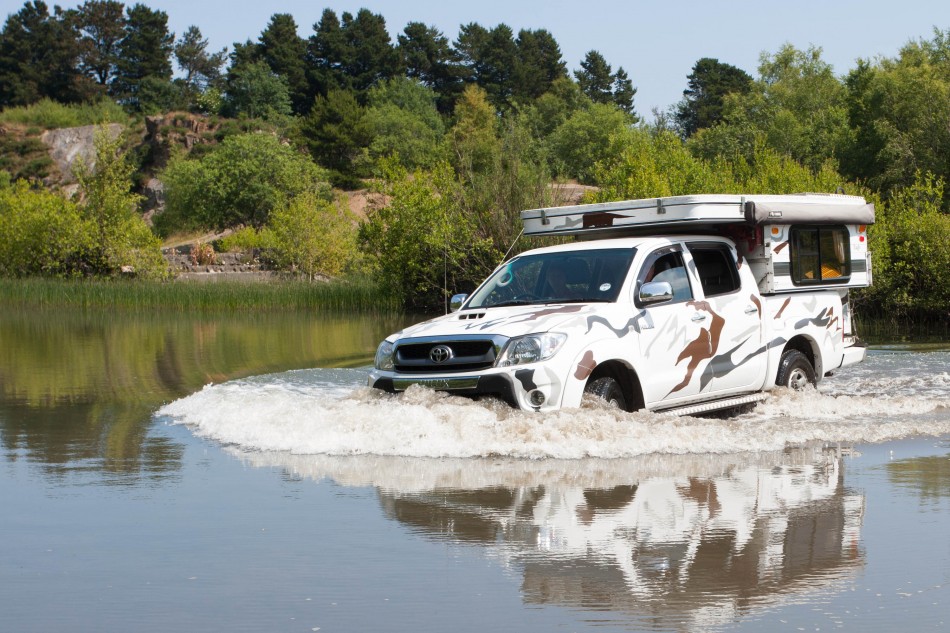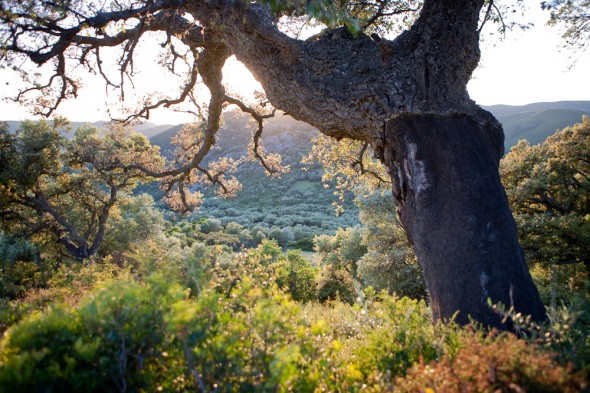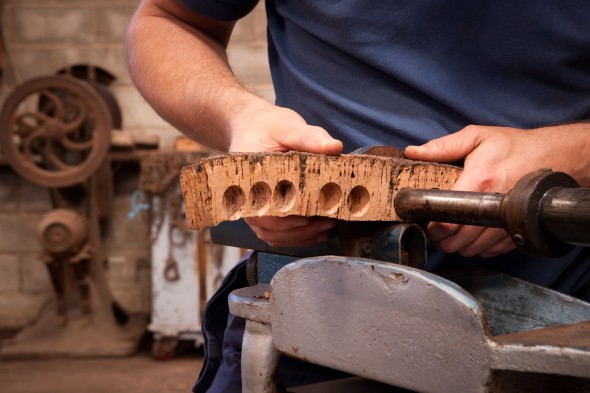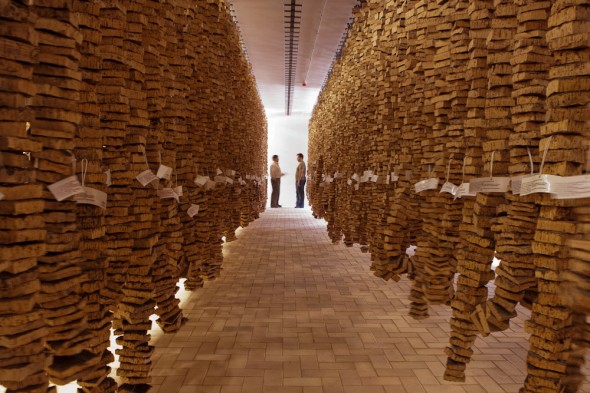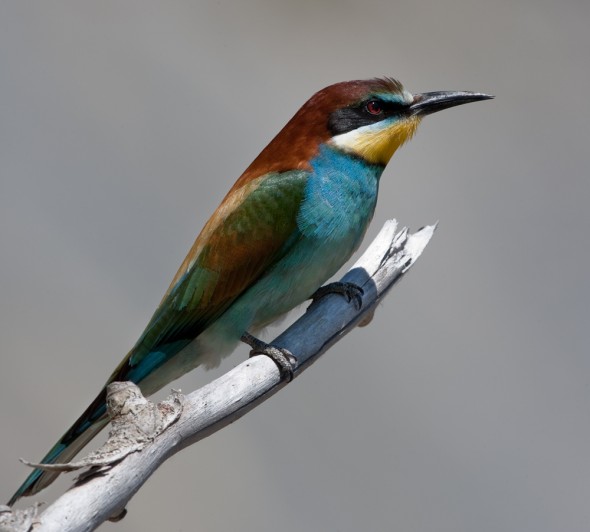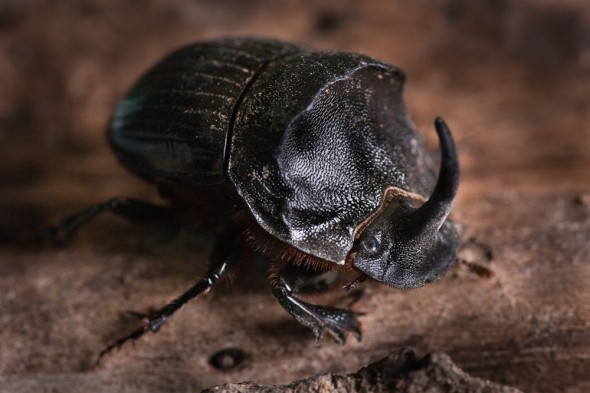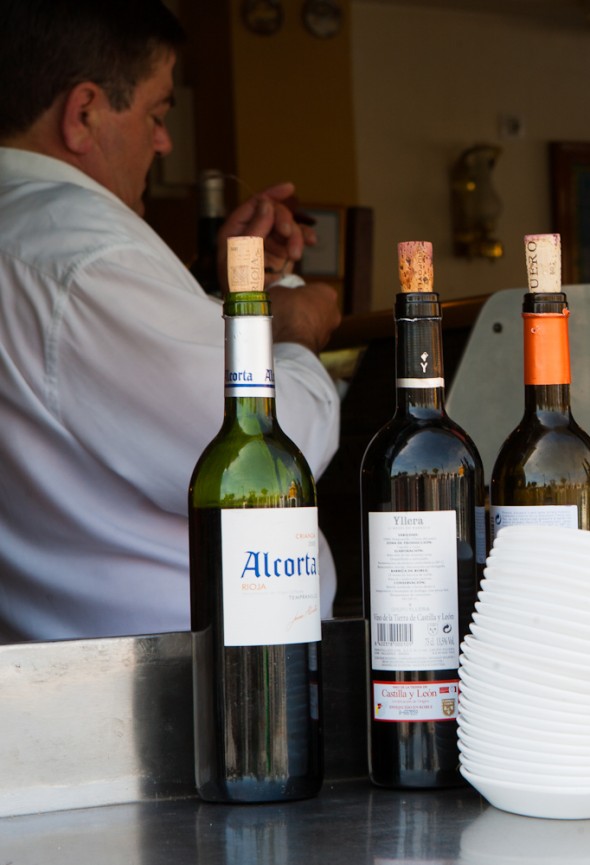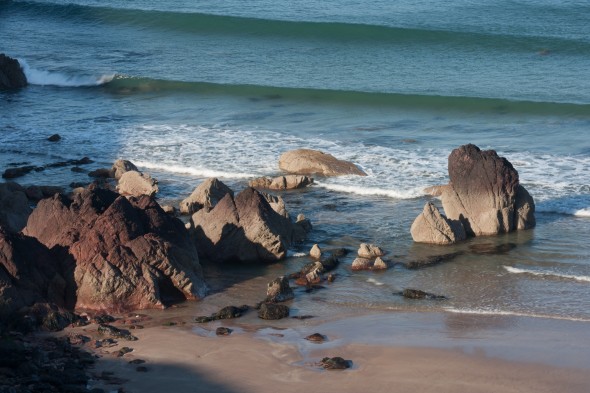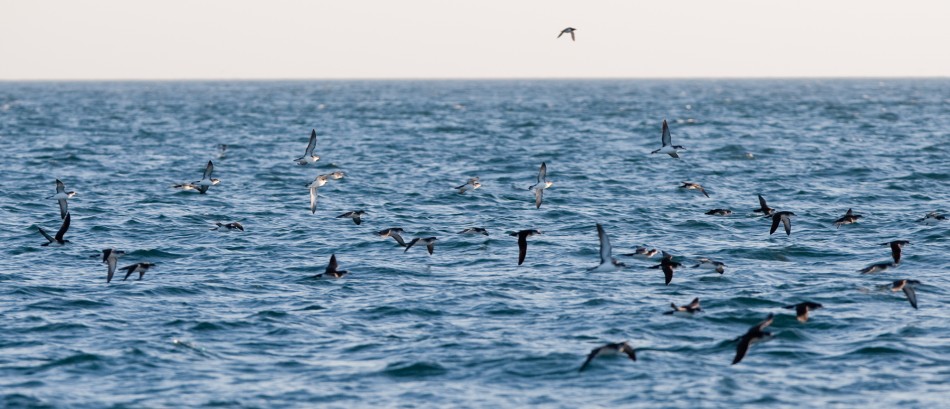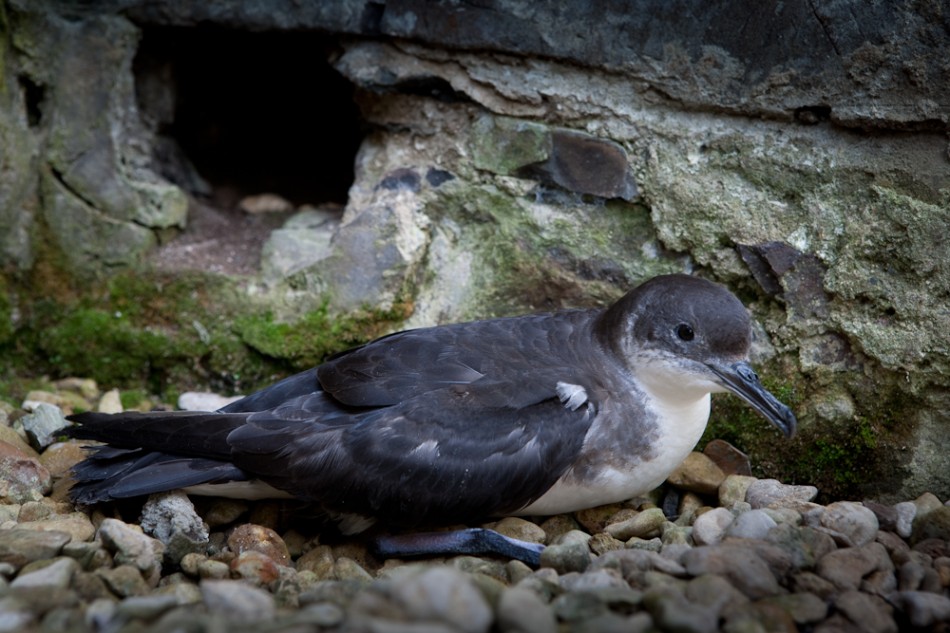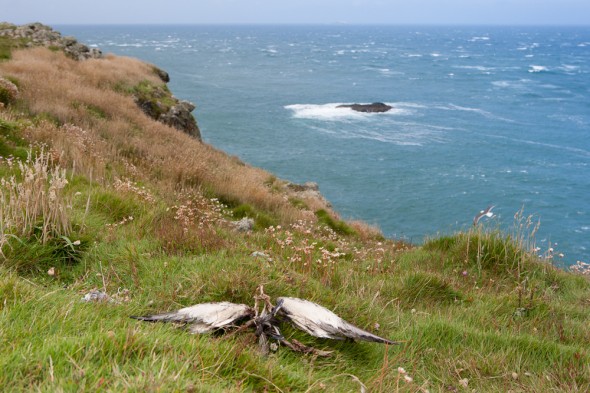Tag Archives: wildlife
The Hilux has landed
The long awaited time has come to see if our ‘Proyecto de Animales Andinos’ vehicle has arrived safely in Montevideo. The wonderful person of Virginia Vizgago working for Repremar ensured its passage through customs was easy and without any problems.
With the paperwork complete and all the necessary formalities done we went to the warehouse and found the Hilux in perfect condition.
Now we are almost ready for the expedition to start.
Spring comes to Ottawa
The last few days of preparation are upon us, testing of the Yellowbrick GPS tracking system going well with the right sort of information being displayed directly onto our blog – ANDEAN WILDLIFE PROJECT. South America beckons, it will be autumn when we arrive so the last few As the ice on the Ottawa river breaks so the Canada Geese arrive [/caption]ays has been great to watch the coming of Spring to the northlands.
This winter has been so long and cold, the first snowstorms came in late November and continued up until early April but the last few weeks has seen a big melt, the rivers transforming their ice into gushing, tumbling cascades testing the flood banks and filling many a house basement.
It makes no difference to the wildlife, eons of time and more tumultuous events have never stopped their great migrations, warmth brings forth life. Last week American robins appeared overnight, they were not perturbed by the last snow flurry of the spring.
No problem for the wildlife though, a Southern Lemming has been seen on Brewers park and Chipmunks as well. The emptiness and silence is being replaced by the honking of thousands of geese being propelled north towards their arctic breeding ground, Ducks, Eagles, Northern Harriers, Hawks and Falcons as well.
These big brash birds are easily seen, not so the multitude of smaller birds such as the Sparrows, they along with countless others arrive unnoticed & blend into the landscape, each species filling its unique role in helping every other species the greatest jigsaw imaginable, the jigsaw of life.
British Wildlife Photography Awards 2013
This is a Wildlife Photographic Competition exclusive to the British Isles & GREAT, this year – I’ve managed to get two Highly Commended awards.
So a trip down to London yesterday to the Mall galleries .
Lots of photographers, judges, sponsors and organisers.
Me inside the Mall Gallery
and an amazing evening chatting to other photographers & seeing the ‘Winning’ Images – WONDERFUL. Introduced and compered by Chris Packham
& finally my two images –
The Andean Wildlife Project..still coming together
The important, boring, difficult and expensive bit, that’s the stage we have been going through in recent weeks.
Going to South America and traversing the longest mountain range in the world is going to be tough. Seeking out species of every hue, and tracking the biggest bird that soars our planets air currents is going to be the fun stuff. The not so fun stuff is preparing for it, to ensure that the expedition doesn’t unravel in disaster due to being unprepared.
Reliability of the Toyota Hi lux is renown and to maximize this have had the vehicle thoroughly serviced and checked over for all possible points of wear and tear. This pre-expedition check , undertaken by Nene Overland sales@neneoverland.co.uk in Peterborough, has resulted in some major component replacements.
The following have been renewed and fitted, rear leaf springs and U bolts, Koni shock absorbers, suspension coil springs.
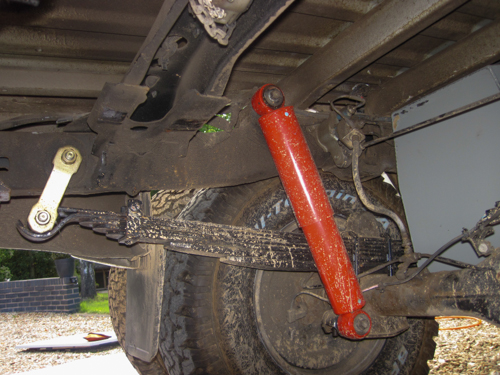
In addition a local fabricator strengthening and re positioned our rear bumper to better protect the rear of the vehicle.
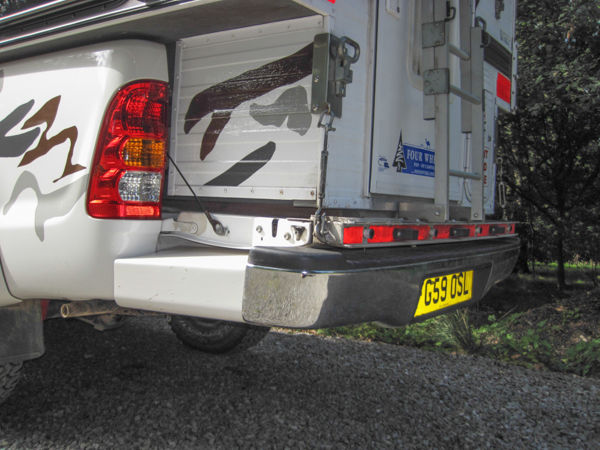
The last major job we have done is to have fitted a long range fuel tank, done by Devon 4 x 4 info@devon4x4.com
This fuel tank will enable us to travel up to 1000 miles between fuel stops, vital in the Andes where reliable garages are scarce.
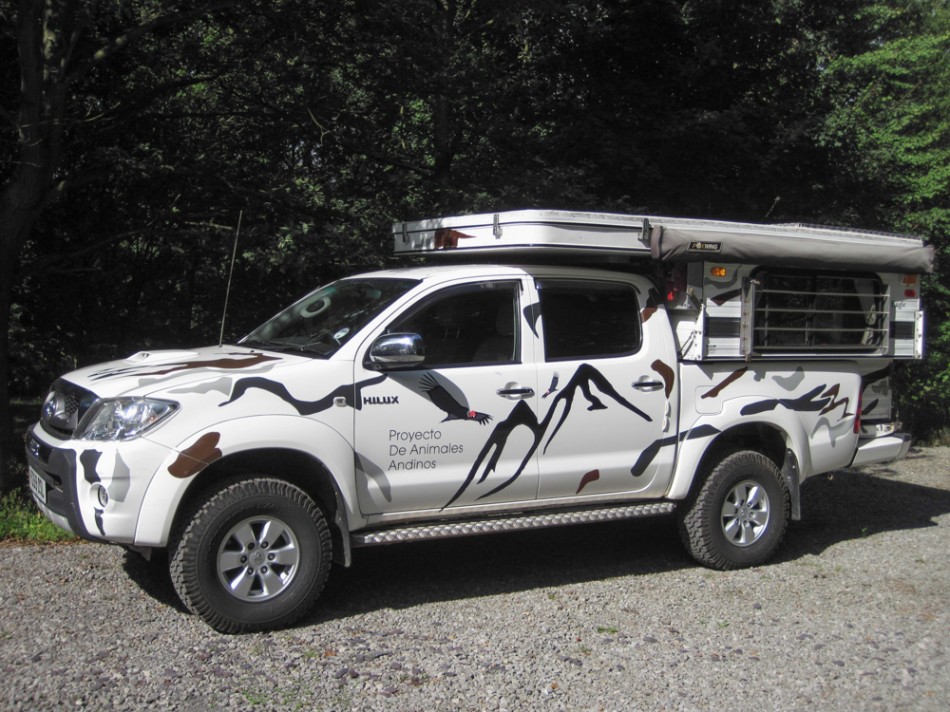
The vehicle is now almost finished, there have been lots of other modifications as well, security bars fitted to the 4-Wheel camper window, new Michelin All-terrian tyres, an access step to help Paula get inside the car, headlamp protectors and of course redesigned de-cals done by Pro-graphics in Peterborough info@prographicinstallations.co.uk.
Pre-expedition planning for the Andes Wildlife Project
Sometimes we shall need to reach remote areas of the Andes to film and photograph its wildlife. The landscape of Chile and Argentina is tough and unforgiving, glaciers, rainforests, deserts all connected by wild and rugged roads and tracks. Personal safety is at the top of our list. Pre-expedition planning is vital to our success and so several months ago we booked ourselves onto a 4×4 driving course, tutored by the experts, the men who trained Ben Fogle as well as the Top Gear presenters. Yesterday was the day that we arrived at the Motor Safari training ground near Chester, they put us and our Toyota Eagle through its paces and what a great day we had.
Here are a few of the tips we learnt ……….
When taking an expedition vehicle on descents, walk it first, looking for potential difficulties such as rocks & ruts and plan the route. Align the vehicle straight and ensure you are in the lowest 4 wheel gear. If you cannot see the ground beneath you, don’t panic, take an initial marker way in front and keeping the steering wheel level proceed with your foot off the brake, we did this and our Hilux did the work for us, slowly and safely.
Driving across rivers is not normal for us in Leicestershire, so knowing what to do when we just happen across a mountain torrent was something that had drifted in and out of recent sleepless nights.
The best thing to do if possible is to try to walk it first, that way you can feel the bottom with a stick and feel the strength of any flow, if you start to float away, forget it and retrace your steps. Either way, doing this will increase the likelihood of making a safe crossing.
I always thought that the source of air into our vehicle came through an open window. Where the air came from to cool the engine was a thought I had never had, I always expected engines to be cool, sudden combustion was something I’d expected to be ironed out years ago. So imagine our surprise to find out that the Hilux air intake is situated fairly high under the front wing, drivers side. Suddenly we started feeling much better. However you ought not to cross water that is higher than a pair of wellington boots, approx 40 cms. The exhaust is important, ensure it does not fill with water. Use a low gear such as L2 on the Hilux and drive in a meaningful way, do not stop, keep going, you are likely to create a bow wave, that is OK and expected, your motion will push it away. When you are safely on dry ground it is best to check the air filter. The brakes will make a noise for a while, don’t worry that’s normal. Should you for any reason stop in the water do not keep turning the ignition key as you will flood the engine. If you have to get out of the vehicle in water do so THROUGH THE WINDOW, do not open the doors, unless you want fish for tea and a ‘write-off’ claim to your insurers. Still water such as lakes are more dangerous than rivers as they are likely to have muddy bottoms, or may be deep, take great care.
During the hard days training we were taken through a wide variety of backcountry driving skills, assessing dangers, understanding the capabilities of our unique vehicle, maintenance tasks and vehicle recovery. At the end of the day we felt more confident in our driving capabilities moreover we have been alerted to things we need to sort out on the vehicle and some emergency kit to buy.
Cork Oak forests – a unique environment.
Cork Oak Forest from Paula Webster on Vimeo.
The regions of Southern Spain and Portugal where Cork Oak forests dominate the landscape are rich in both culture and wildlife and the Websters Wildshots team of are making a film about it.
Growing and harvesting cork is an ancient agricultural system and the surviving forest habitat contains an unsurpassed wildlife, much of which has since disappeared . Recent decades have seen world prices for cork plummet as plastics and metal screw tops are now the material of choice for many brands of wine. Not that they are better materials, a quality cork stopper reigns supreme for the task of stopping bottles and is still used exclusively by French champagne producers.
In order to combat this demise the regional government has established a cork research centre, called a subberoteca, whose aim is to help and advise the cork growers as to the best way to manage their cork forests and when is the optimum time to harvest their cork.
This image shows cork samples hanging up. Each line of samples represents the reference collection of one grower and is used to determine the quality of their crop.
A National Park has been established to conserve the fragile cork forest ecosystem as well as the cultural traditions which underpin area. The national park is called the Alcornocales, the Spanish name for the Cork Oak.
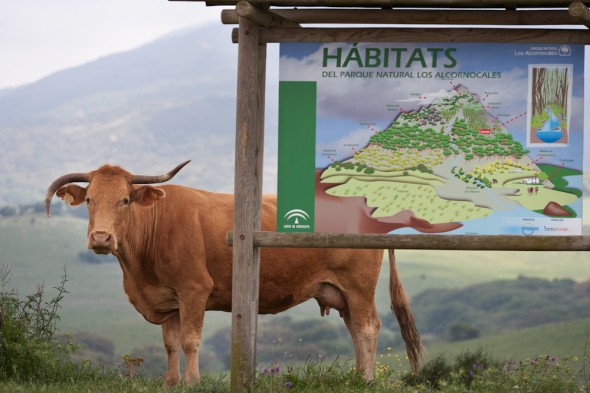
Alcornocarles National parkThe Websters Wildshots expedition vehicle was able to penetrate some of the vast Cork Oak forests. The national park is a great step forward towards the conservation of the habitat Overlooking the Alcornocarles National park, southern Spain
and insects such as this amazing Rhinocerous beetle.
Cork Oaks are managed organically, the rural communities which depend upon the continual use of corks, especially for bottling are rich in tradition and culture. The wildlife that depends upon Cork Oak forests is among the finest anywhere in Europe.
we can all help by only buying wine that is stopped with a real cork. This campaign has had a recent boost by an article in the Daily Mail.
Brilliant UK wildlife: 1
The UK is brilliant for wildlife and being an island in the middle of an ocean is only one good reason.
London is as far north as Newfoundland, and they have icebergs floating by most of the year ! So forget the rainy days, the UK has mild weather and this is as great for the wildlife as it is for those of us who live here.
The reason for this beautifully mild climate is the Gulf Stream, this carries warm water from the Caribbean northwards to the coasts of the UK. The Gulf Stream originates from the warm surface waters of the Caribbean and the Gulf of Mexico; and the North Atlantic Drift propels it northwards towards Greenland and then southwards where it nurtures the coasts of Norway and the entire western coasts of Britain and Ireland. This ‘marine motorway’ has many benefits, it brings unusual species from southern waters northwards as well as enabling nutrient rich waters from the Arctic to flow southwards.
One of these species is a very special bird. Its difficult to imagine half a million birds, but that is the number of Manx Shearwaters that follow the ocean currents from Brazil to the UK every summer to breed. These ‘oceanic swifts’ follow the gulf stream and nest a few remote islands off our west coast in the summer.
The best place to see these birds is off the coast of Pembrokeshire in West Wales, especially the area of sea between the islands of Skomer and Skokholm. These islands are managed by the South and West Wales Wildlife Trust and boats to the islands and cruises to see the Shearwaters are oparated by Dale Sailing.
Designed to weave and glide effortlessly over the wave tops, Shearwaters are clumsy and therefore vulnerable on land so they will only visit their nests at night and ideally those nights when it is misty and especially dark. Their chief predators are the Greater and Lesser Black-backed Gulls which ambush the birds at night as they come onto the island, where they nest in the darkness of underground burrows.. By walking around the nest sites on mornings following dark nights, dozens and sometimes hundreds of carcases can be found. However the nesting densities are so great that such predation does not affect the overall population and such natural selection could be viewed as beneficial.
Future blogs will highlight more about the UKs brilliant wildlife.

